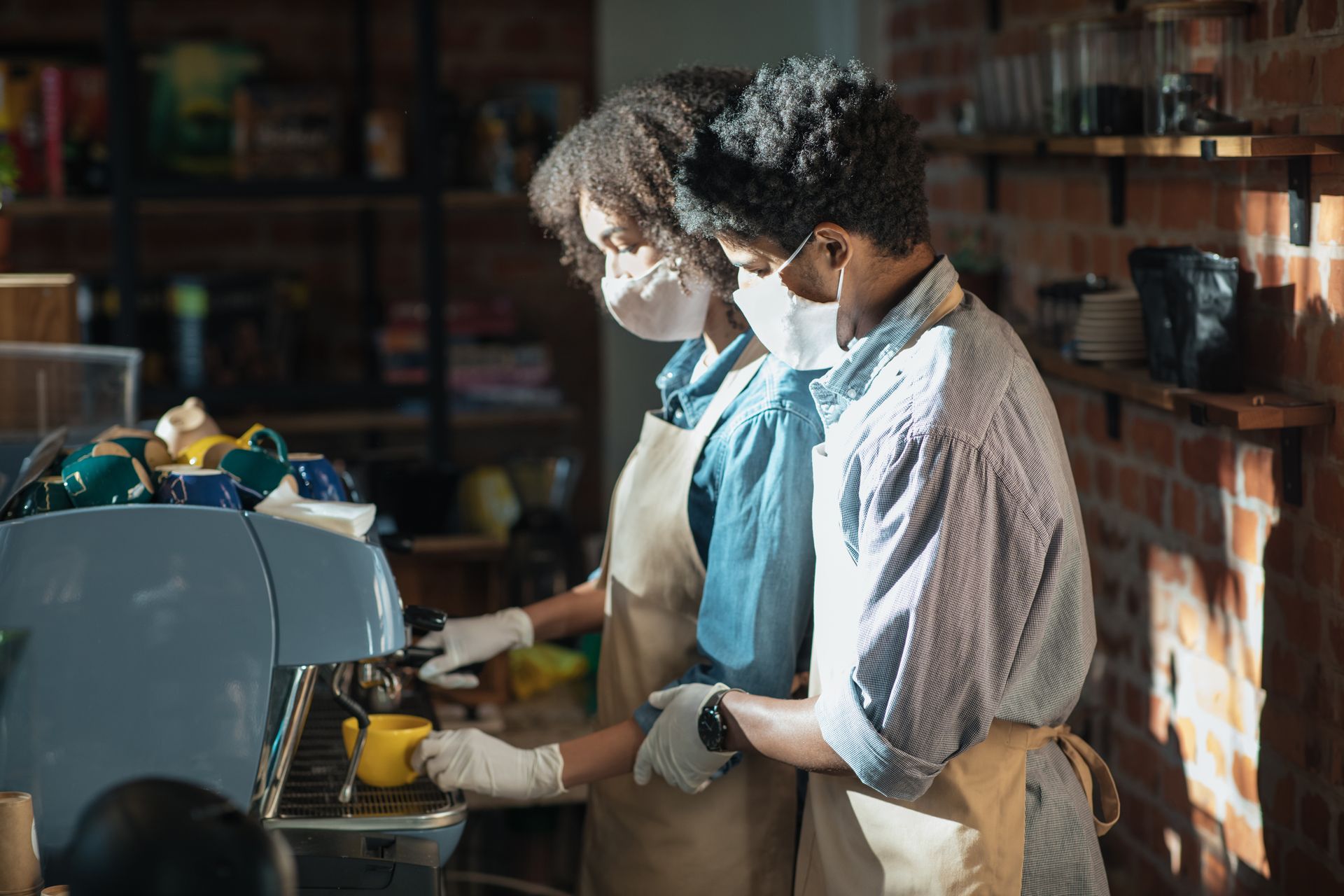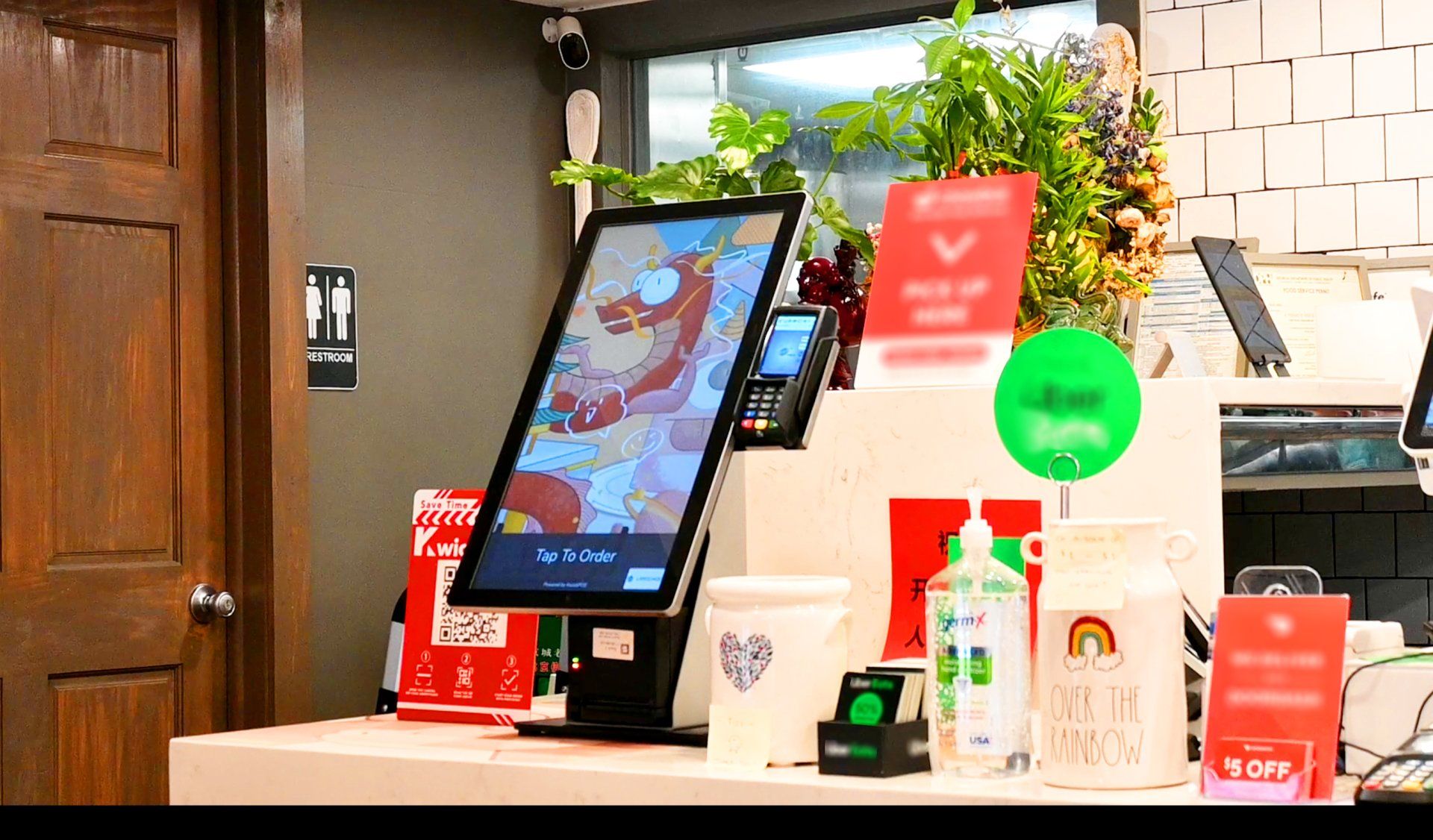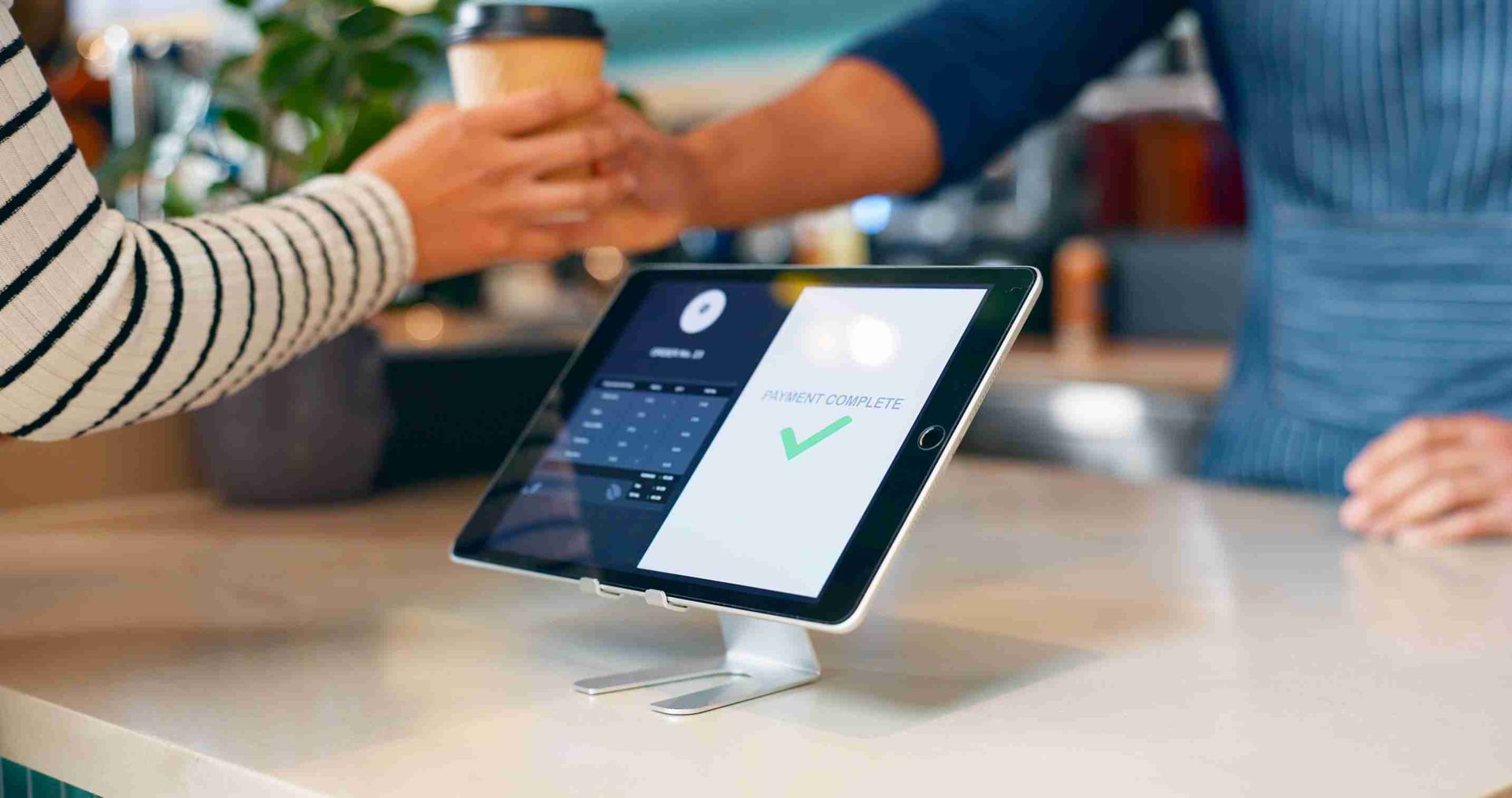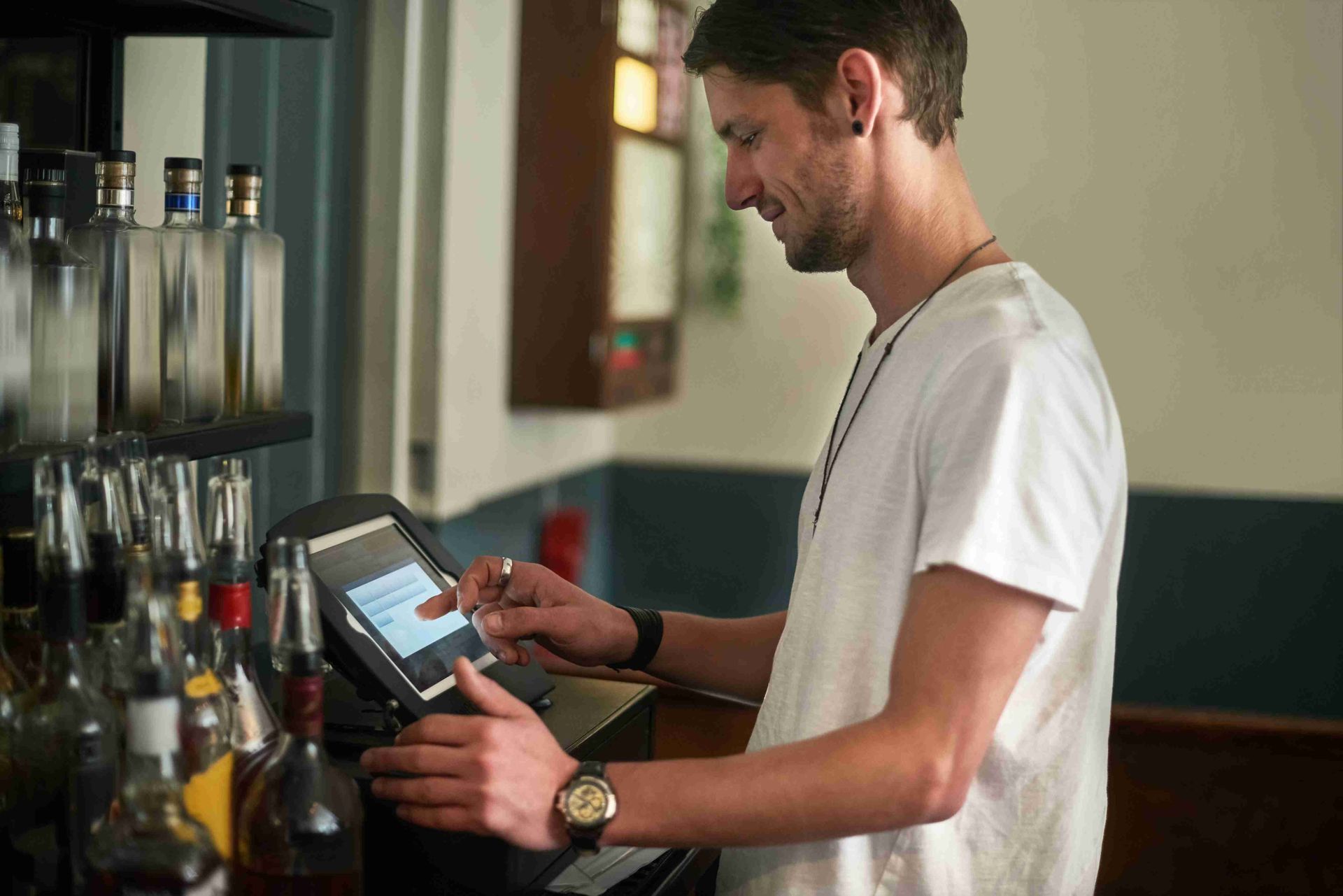How to Boost your Restaurant's Financial and Operational Performance by Breaking down your Costs
DISCLAIMER: This content is for informational purposes only and is not intended to be used as legal, accounting, tax, HR or other professional advice. You are responsible for you and your businesses' legal and regulatory compliance. Contact your attorney, accountant, or any other relevant professional for specific advice related to your own needs and circumstances.

The restaurant industry is highly competitive, and profitability depends on various factors, including menu pricing, inventory management, and labor costs. To maintain a competitive edge, restaurant owners and operators must have a clear understanding of their costs breakdown. It is crucial to identify all expenses, from the cost of goods sold (COGS) to rent and utilities, marketing and advertising, equipment and supplies, and insurance and taxes. By analyzing these costs, identifying areas where expenses can be reduced, creating a budget, and monitoring and adjusting costs on a regular basis, restaurant owners can improve their financial and operational performance.
In addition to analyzing costs, there are several other strategies that restaurant owners can employ to save money and boost their financial and operational performance. These strategies include analyzing the menu and adjusting prices, reducing food waste, optimizing inventory management, investing in employee training, using energy-efficient equipment, and implementing cost-cutting measures. By implementing these strategies, restaurants can reduce costs and remain competitive in the industry.
What is a restaurant costs breakdown?
A restaurant costs breakdown is an analysis of the various expenses that a restaurant incurs in its day-to-day operations. Understanding these costs is crucial for restaurant owners and operators to make informed decisions about pricing, menu selection, and overall financial performance.
Here is a breakdown of the typical costs that a restaurant may incur:
Cost of Goods Sold (COGS): This makes up a bulk of your restaurant’s variable costs and can include the cost of all the ingredients used to prepare menu items, as well as any packaging and labeling materials. COGS is typically expressed as a percentage of total revenue, and calculating it will often require keeping up-to-date records of supplier invoices.
Labor Costs: Labor costs include the wages, salaries, benefits, and taxes paid to your employees, including but not limited to cooks, servers, bartenders, and managers. This is typically one of the largest expenses for restaurants, and can vary depending on the size of the restaurant and the number of employees.
Rent and Utilities: Rent and utilities include the cost of rent or lease payments for the restaurant space, as well as electricity, gas, water, and etc. This is typically a fixed cost that varies depending on the location and size of the restaurant.
Marketing and Advertising: Marketing and advertising costs include the cost of advertising, promotions, and other marketing activities to attract customers. Depending on the marketing strategy your business employs, if you do it yourself or through a third party, the costs could be minimal or stretching into the thousands per month.
Equipment and Supplies: Equipment and supplies include the cost of purchasing and maintaining equipment, such as ovens, refrigerators, and dishwashers, as well as the cost of any monthly fees in regards to the equipment. Other equipment can include technological services including but not limited to point of sale systems, that may have monthly fees attached.
Insurance and Taxes: Insurance and taxes include the cost of insurance policies, such as liability and workers' compensation insurance, as well as taxes, such as sales tax and payroll tax.
By analyzing these costs and identifying areas where expenses can be reduced, restaurant owners and operators can improve their financial performance and profitability.

How to calculate a restaurant costs breakdown
Calculating a restaurant costs breakdown involves identifying and analyzing the various expenses that a restaurant incurs in its day-to-day operations. Here are the major components involved in calculating a restaurant costs breakdown:
Identify the expenses: The first step is to identify the various expenses that the restaurant incurs, such as cost of goods sold (COGS), labor costs, rent and utilities, marketing and advertising, equipment and supplies, insurance and taxes, and any other expenses.
Determine the percentage of revenue: Once the expenses are identified, determine the percentage of revenue that each expense represents. For example, if the total cost of goods sold is $50,000 per month and the restaurant's monthly revenue is $200,000, then the cost of goods sold represents 25% of the total revenue.
Analyze the expenses: Analyze each expense category to identify areas where expenses can be reduced. For example, if the cost of goods sold is high, consider adjusting menu prices or finding ways to reduce waste. If labor costs are high, consider optimizing employee schedules or investing in employee training to increase efficiency.
Monitor and adjust: Monitor the costs breakdown on a regular basis to identify any changes or trends. Adjust the budget and expenses as needed to maintain profitability and improve operational performance.
Calculating a restaurant costs breakdown can help analyze your expenses to identify areas where expenses can be reduced by monitoring or adjusting the costs breakdown on a regular basis. This will help to ensure that your restaurant remains profitable.
How to calculate the cost of goods sold
Calculating the cost of goods sold (COGS) for a restaurant is essential for understanding the profitability of your business. Here are the different components involved in calculating a restaurant’s COGS:
Determine the period: Decide on the period for which you want to calculate the COGS, such as a week, month, or year.
Identify the beginning inventory: Determine the value of all inventory at the beginning of the period. This includes all the food and beverage items that were in stock at the start of the period.
Add the purchases: Add up the total value of all the food and beverage items purchased during the period. This includes all the non-edible supplies used to prepare menu items.
Calculate the ending inventory: Determine the value of the inventory at the end of the period. This includes all the food and beverage items that were still in stock at the end of the period.
Subtract the ending inventory: Subtract the value of the ending inventory from the sum of the beginning inventory and purchases. The result is the cost of goods sold (COGS) for the period.
The formula for calculating COGS is as follows:
COGS = Beginning inventory + Purchases in Current Period - Ending inventory
For example, let's say a restaurant has a beginning inventory of $10,000, purchases of $20,000, and an ending inventory of $8,000 for the month of February. Using the formula above, we can calculate the COGS for the month of February as follows:
COGS = $10,000 + $20,000 - $8,000 = $22,000
Therefore, the cost of goods sold (COGS) for the restaurant for the month of February is $22,000.

How to calculate labor costs
Calculating labor costs for a restaurant is crucial for understanding the profitability of the business and ensuring that staffing levels are optimized. Here are the steps involved in calculating restaurant labor costs:
Determine the period: Decide on the period for which you want to calculate the labor costs, such as a week, month, or year.
Identify the number of employees: Count the number of employees working in the restaurant during the selected period. This includes all staff, such as your chefs, servers, bartenders, and managers.
Determine the total hours worked: Add up the total number of hours worked by all employees during the period. This includes regular hours, overtime, and any other paid hours, such as vacation or sick time.
Calculate the labor cost per hour: Determine the total labor cost for the period by adding up all the wages, salaries, and benefits paid to employees during the period. Divide the total labor cost by the total number of hours worked to calculate the labor cost per hour.
Calculate the total labor cost: Multiply the labor cost per hour by the total number of hours worked during the period. The result is the total labor cost for the period.
The formula for calculating labor costs is as follows:
Labor Costs = Total Hours Worked x Labor Cost Per Hour
For example, let's say a restaurant has 10 employees working during the month of February, and they worked a total of 2,000 hours. The total labor cost for the month of February was $40,000, including wages, salaries, and benefits. Using the formula above, we can calculate the labor cost per hour as follows:
Labor Cost Per Hour = Total Labor Cost / Total Hours Worked
Labor Cost Per Hour = $40,000 / 2,000 = $20 per hour
Therefore, the total labor costs for the restaurant for the month of February can be calculated as follows:
Labor Costs = Total Hours Worked x Labor Cost Per Hour
Labor Costs = 2,000 x $20 = $40,000
How to optimize your financial costs for your restaurant
Restaurants operate on razor-thin profit margins, which means that every dollar counts when it comes to the bottom line. In order to remain competitive and profitable in the restaurant industry, it is essential to find ways to save money and boost financial and operational performance. Here are some tips for restaurant owners and operators to improve their financial and operational performance while also saving money.
Analyze your menu and adjust prices
Menu analysis is an essential aspect of restaurant operations and helps you to save money and boost your financial performance. It allows you to determine which menu items are popular and profitable and which ones are not. Once you identify these items, you can adjust prices accordingly to increase profit margins. Consider the cost of ingredients, the time it takes to prepare each dish, and the amount of waste generated. A popular item that generates a lot of waste may need to have its price adjusted upwards to account for the waste. A less popular item that has high food costs may need to be removed from the menu entirely.
It is also important to periodically review your menu and adjust it accordingly. Removing unpopular items can reduce food waste and simplify kitchen operations, which can save you time and money. Additionally, consider offering specials and promotions to entice customers to try new items or to increase sales during slow periods.
Reducing food waste
Reducing food waste is not only good for the environment but also for your bottom line. Start by tracking the amount of food you are throwing away each day, and identify ways to reduce this waste. This can include adjusting your inventory management practices, preparing smaller batches of food during slow periods, and finding creative ways to repurpose leftover ingredients.
Here are some tips for reducing food waste:
- Use the inventory management system via your POS to track ingredient usage and expiration dates.
- Train staff to prepare food in smaller batches during slow periods to reduce waste.
- Repurpose leftover ingredients in new dishes or specials.
- Offer menu items in smaller portions to reduce waste.
- Donate excess food to local food banks or shelters.

Optimize your inventory management
Effective inventory management is essential for any restaurant. Not only is it helping to reduce food waste and save money, it will also prevent food from going bad in your kitchen, meaning less chances for cross contamination or accidentally using food that has gone bad. Using inventory management systems in your POS to track your inventory levels means your are more likely to order only what you need, and avoid overstocking. This way, you can reduce food waste, minimize food spoilage, and optimize your supply chain.
Here are some tips for optimizing your inventory management:
- Use inventory management software within your POS system to track inventory levels and order only what you need.
- Use the first-in, first-out (FIFO) method to ensure that older ingredients are used before newer ones.
- Store ingredients correctly to reduce spoilage and waste.
- Set par levels for each ingredient and adjust them as needed based on usage.
Invest in employee training
Investing in employee training is one of the most effective ways to boost operational performance and reduce costs. Properly trained staff can improve the efficiency of your restaurant, reduce the likelihood of errors, and improve the overall customer experience. Consider implementing a training program that covers all aspects of restaurant operations, from food safety to customer service.
Here are some tips for investing in employee training:
- Implement a training program that covers all aspects of restaurant operations, including food safety, and customer service.
- Have proper training for all tech within the restaurant including but not limited to point of sale systems.
- Provide ongoing training and support to ensure that staff is up to date on the latest procedures and policies.
- Reward staff for their hard work and dedication to improving the restaurant's operations.
Implement energy saving and cost-cutting measures
Energy costs are a significant expense for restaurants, but there are ways to reduce them. Consider investing in energy-efficient equipment, such as LED lighting, low-flow faucets, and Energy Star-rated appliances. These investments can help reduce your energy bills while also benefiting the environment.
In addition, there are many cost-cutting measures that restaurants can implement to save money. For example, consider using cheaper ingredients, reducing the number of menu items, or renegotiating contracts with suppliers. These measures may seem small, but they can add up to significant savings over time.
Cost-cutting measures can help you save money without sacrificing quality or service. Here are some tips for implementing cost-cutting measures:
- Use cheaper ingredients without sacrificing quality.
- Reduce the number of menu items to simplify kitchen operations and reduce waste.
- Renegotiate contracts with suppliers to get better prices on ingredients and supplies.
- Use social media and email marketing to promote specials and promotions instead of costly advertising.
In conclusion, by calculating your restaurant cost breakdown and implementing these tips, you can save money and boost your business's financial and operational performance. By analyzing your menu, reducing food waste, optimizing inventory management, investing in employee training, using energy-efficient equipment, and implementing cost-cutting measures, you can improve your bottom line and remain competitive in the restaurant industry.
By Livie Wang
Livie Wang is based in Atlanta, GA and has a background in marketing and branding. With many years of experience in the restaurant and retail industries, she brings forth a personalized view on the issues these industries face. She has been a regular contributor to the ZBS Blog, News and Resource Center since 2021.






